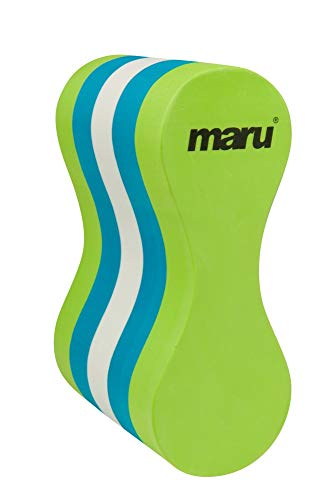What are swimming floats and why are they important?
Swimming floats are devices used to support a swimmer in the water. They can be made of foam, inflatable materials or have special shapes that make them buoyant. Swimming floats are essential for those learning to swim, young children or people who are not confident in the water. They allow for independence in the water and help build confidence, particularly if the individual is learning to swim. Swim floats can be used in any body of water, including swimming pools, lakes, and the ocean.
Types of swimming floats
There are several types of swimming floats available on the market. Some of the most common types are kickboards, pull buoys, arm floats, swim noodles, and inflatable swim rings. Kickboards are designed to allow a swimmer to work on their leg strength and technique. A pull buoy is designed for training the upper body and buoyancy in the water. Arm floats provide buoyancy to help a younger or less experienced swimmer gain confidence in the water. Swim noodles are long cylindrical foam that can be held onto for support, and inflatable swim rings are typically used for playing and floating around in the water.
How long do swimming floats last?
The lifespan of a swimming float often depends on the quality of the material it is made from, as well as how often it is used and how well it is maintained. Foam swim floats have a shorter lifespan than inflatable ones as they can become compressed and lose their buoyancy over time. On average, foam swim floats last for around one to two years, while inflatable ones can last up to five years if well-maintained. It’s important to rinse and dry the swim float after each use, store it in a cool and dry place, and avoid leaving it in direct sunlight for prolonged periods.
When should a swimming float be replaced?
Swimming floats should be replaced when they become damaged, show signs of wear and tear or have lost their buoyancy. Damaged and worn-out foam swim floats can become waterlogged and heavy, making them difficult to use and potentially dangerous. Inflatable swim floats that have holes or punctures should not be used as they may not support the weight of the swimmer. It’s important to inspect the swim float regularly for any signs of damage and replace it when necessary.
Swimming floats are essential for anyone learning to swim or building confidence in the water. The lifespan of a swim float depends on the type of material it is made of, how often it is used, and how well it is maintained. On average, foam swim floats can last for around one to two years, while inflatable swim floats can last up to five years if well-maintained. It’s important to inspect the swim float regularly for any signs of damage and replace it when necessary to ensure safety in the water.






